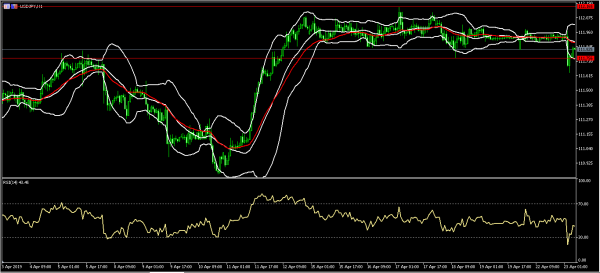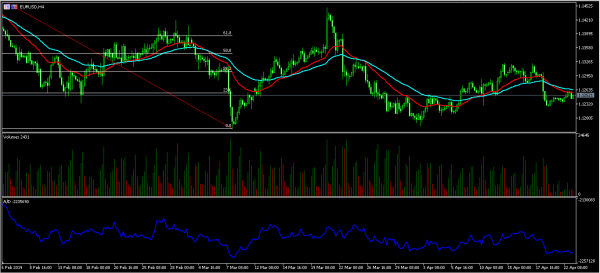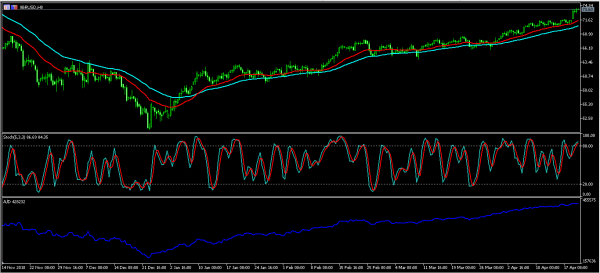The Japanese yen strengthened after a senior Bank of Japan (BOJ) official said that the bank will be willing to ramp up stimulus ‘through a combination of steps’ if the economy loses momentum. In a statement, Eiji Maeda, who oversees the monetary policy said that the new stimulus would take into account the impact of the economy and the banking system. He said that the bank has the tools ready in place to ease monetary policy as necessary. These tools include further lowering of interest rates, additional asset purchases and printing more money. Maeda said this a day before the bank started its two-day monetary policy meeting in Tokyo.
Focus will be on the USD as investors receive more housing data. Yesterday, the National Association of Realtors released the existing home sales data that missed the analyst consensus. In March, the existing home sales dropped by 4.9% to 5.21 million. This was a sharper decline than the 3.8% decline that was expected by the market. Today, traders will receive the new home sales numbers, which are expected to decline from 667 to 647. This will be a 3% decline.
Traders will also continue paying more attention to crude oil. Yesterday, the price surged after the United States refused to extend the existing waivers on Iran purchases. The goal is to bring exports to zero. Today, the American Petroleum Institute (API) will release inventories for the past week. This number is expected to show that inventories continued to slump. Last week, there was a drawdown of more than 3 million barrels. Tomorrow, data from EIA is expected to show a drawdown of 167K barrels.
USD/JPY
The USD/JPY pair declined to an intraday low of 111.63. This was below the important channel that the pair had created. After this drop, the pair pared some of these losses. On the chart below, this price is slightly below the middle line of the Bollinger Bands. It is also below the important 25-day moving averages while the RSI has started moving up. For the next two days, the pair will likely be a bit volatile as the BOJ makes its decision.
EUR/USD
The EUR/USD pair was relatively unmoved ahead of key housing numbers from the US. On the four-hour chart, the price is along the 23.6% Fibonacci Retracement level. It is also along the 25-day and 50-day moving averages. The volumes have remained low while the accumulation and distribution indicator has continued to decline. The pair could continue moving upwards to test the 38.2% Fibonacci Retracement level of 1.1300.
XBR/USD
The XBR/USD pair remained at the highest levels since November as investors braced for fresh supply cuts. The pair is now trading at 73.60. On the eight-hour chart, the price is below the 25-day and 50-day moving averages. The Stochastic Oscillator has moved to above the overbought level while the accumulation and distribution indicator has continued to move up. With this momentum, the pair could continue moving upwards to test the previous highs of above $80.














